AO Edited
Catedral de Santa Isabel
The largest Christian church in the country is a complicated symbol of Spanish colonialism.
On a quiet square nestled along a seaside harbor stands a towering cathedral with a peach-colored facade and two soaring, 130-foot-tall towers. Construction on Catedral de Santa Isabel began while Equatorial Guinea was still under Spanish colonial rule in 1887. The church was then consecrated in 1916. Local practitioners, businesses, and the Spanish government all came together to fund the massive building project. The Spanish architect Llairadó Luis Segarra was eventually commissioned to design the Gothic revival church and the famous Catalan architect Antonio Gaudí even weighed in on the church’s design.
While many people associate Spanish colonialism with the Americas, Equatorial Guinea was Spain’s last colony to gain independence in 1968. Equatorial Guinea’s capital, Malabo, and the Catedral de Santa Isabel within it rest on Bioko island’s northern coast. But in the 15th century, Portuguese explorers completed a survey of the island and called it Fernando Po, after the expedition’s leader. For centuries, Indigenous Africans, especially the Bubis, expelled colonialists from the island with guerilla warfare and their knowledge of the island’s dense landscape. The southern part of the island even became a haven for people who had escaped from enslavement on nearby Portuguese-controlled islands like São Tomé and Príncipe. One Spanish traveler in the 1780s said these runaways created “a republic that is governed by its own laws.”
It was only later in the 19th century that Spain began building up Bioko island with construction projects like the cathedral. At times, Spain forcibly shipped free people of color from Cuba to the island to bolster the population. Spain also systematically attacked the Bubis, targeting their religion and social systems as disease and Spanish attacks reduced their population from 30,000 in 1820 to 10,000 in 1911.
Today there’s still a lot of Spanish influence in Equatorial Guinea. The country’s official language is Spanish and Spanish food and restaurants can be found throughout the country. Approximately 87 percent of Equatorial Guinea’s population is Catholic, one of the highest proportions per capita in any African nation. While many praise Catedral de Santa Isabel as a beautiful example of Spanish colonial architecture, it stands today as a complicated symbol of Spanish colonialism in the country.
Plan Your Trip
The Atlas Obscura Podcast is Back!


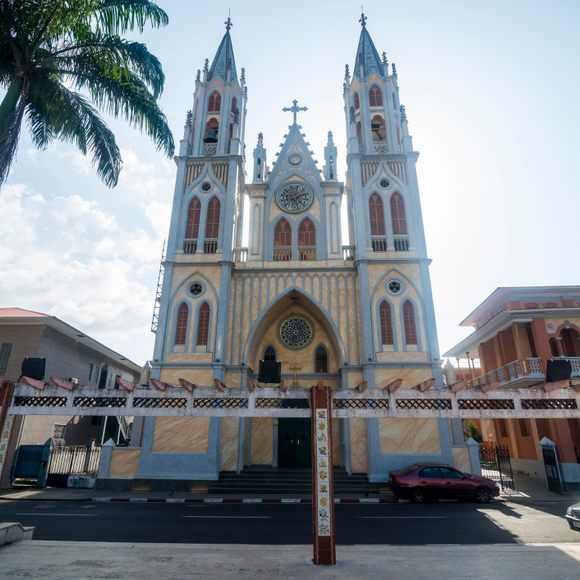

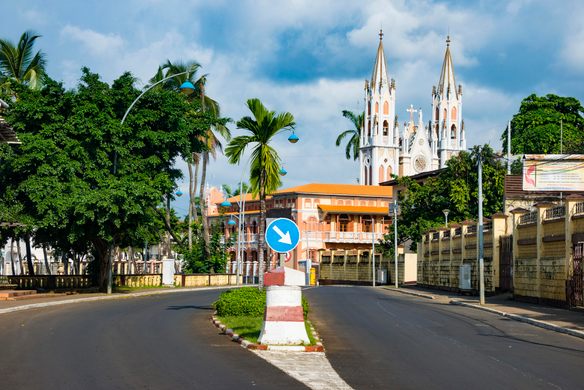
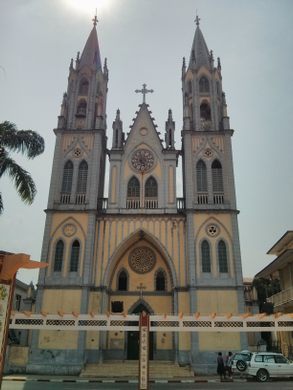






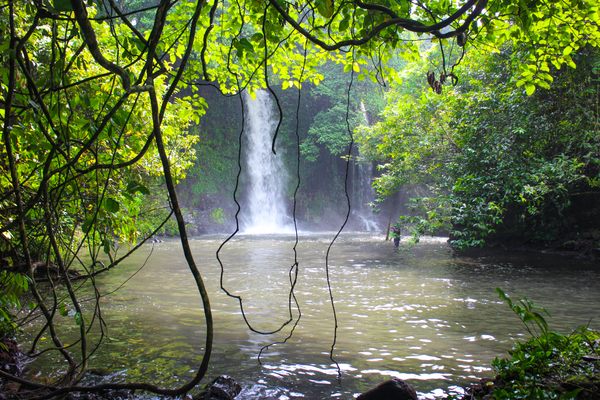
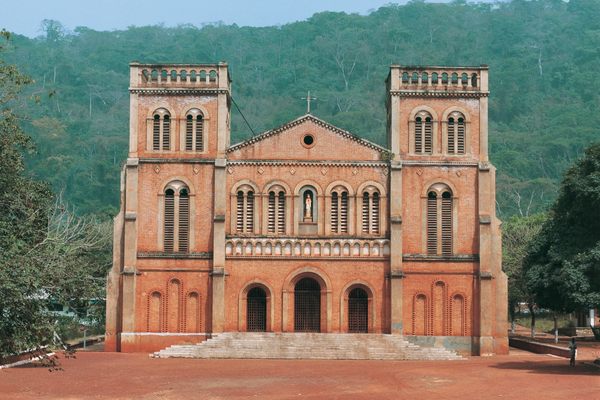

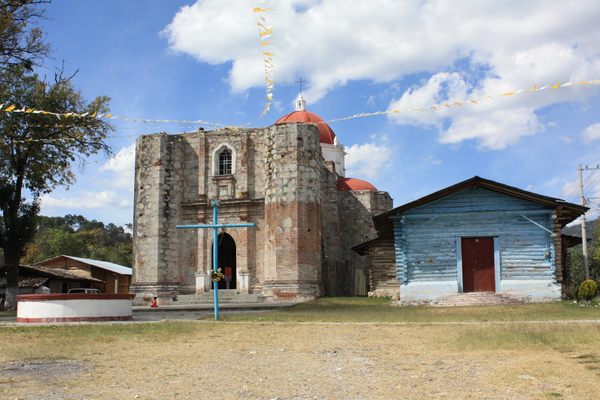
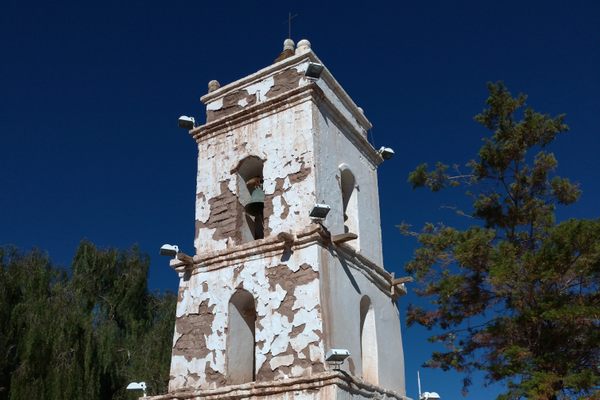

Follow us on Twitter to get the latest on the world's hidden wonders.
Like us on Facebook to get the latest on the world's hidden wonders.
Follow us on Twitter Like us on Facebook